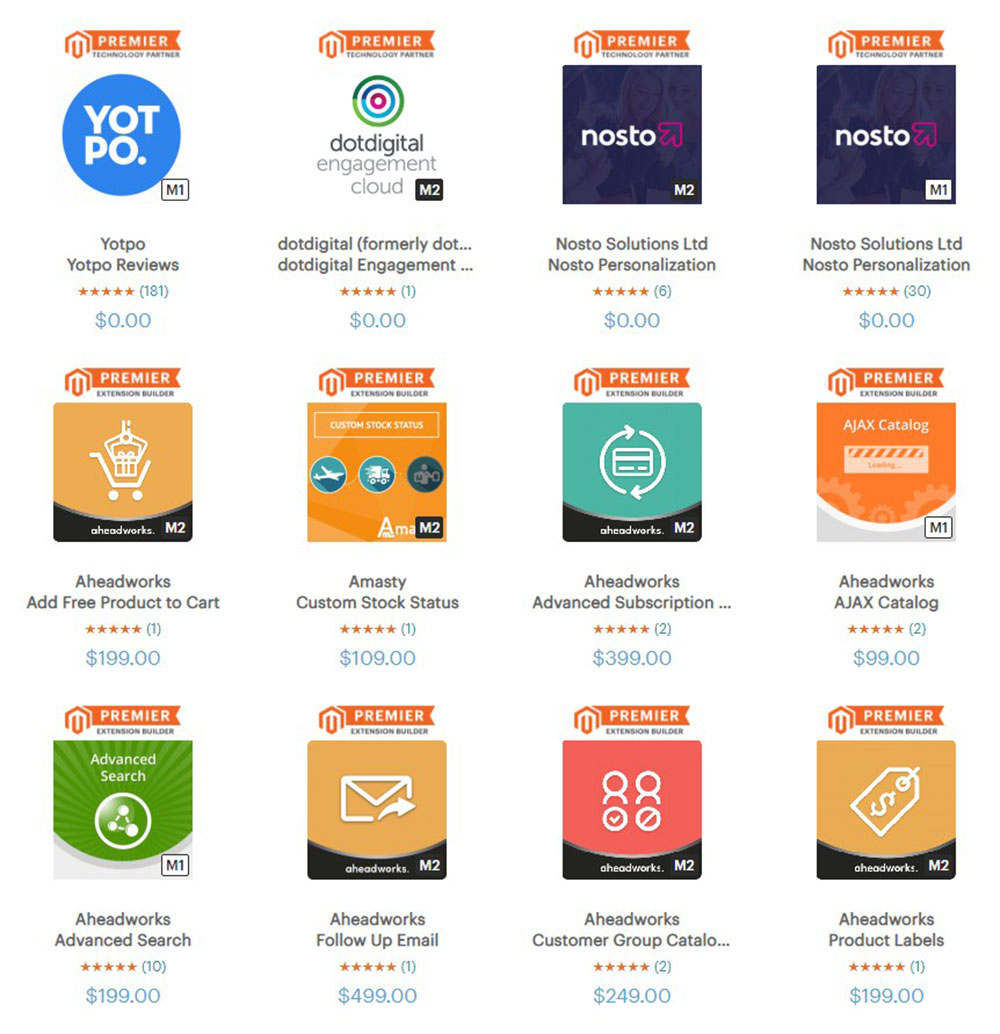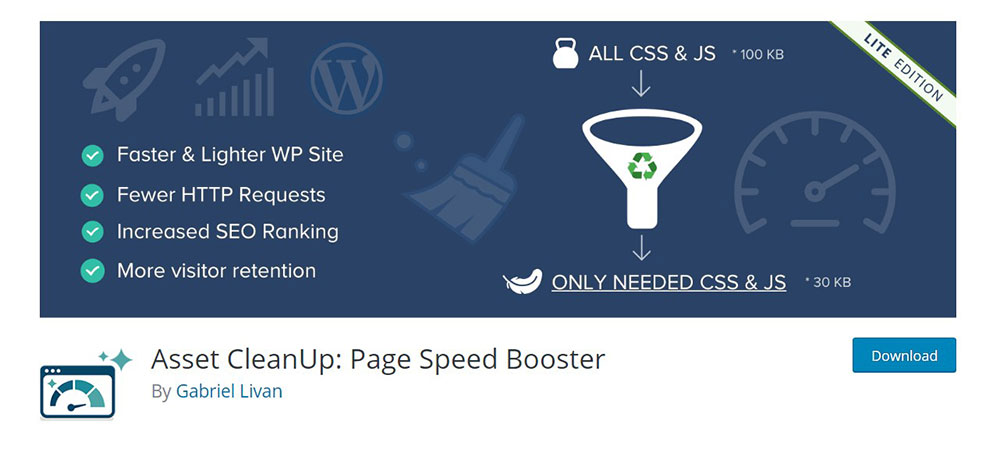
Fixing the Defer Parsing of JavaScript Warning in WordPress
September 20, 2023
Plowing Through the Web: Exemplary Farm Websites
September 22, 2023WooCommerce and Magento are two competing platforms that both excel at what they do. Both platforms offer free, open source versions and are based on the PHP programming language.
If you are looking to start your own business, then eCommerce might be a great solution, though ultimately deciding which platform to go with can be a bit tricky sometimes. Do not stress yourself out trying to examine the details, because we are here to help.
Each platform offers its own unique features, and both claim to be the best at what they do. So, we decided to test them out for ourselves so that we can better inform you, making it easier for you to make an informed decision when choosing between WooCommerce and Magento.
WooCommerce vs Magento: What Makes Them Unique
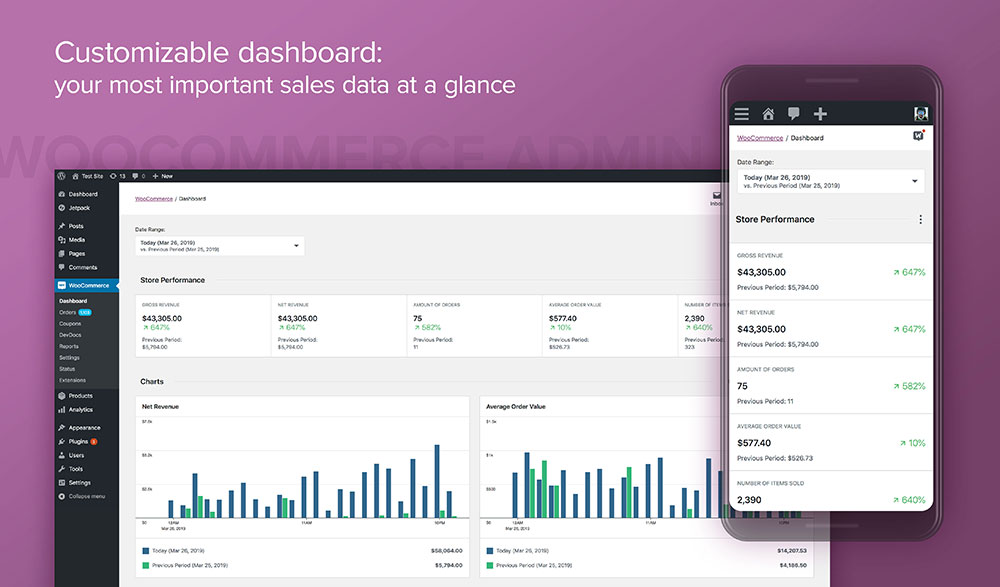
WooCommerce is a platform that was built on top of WordPress. This platform helps you create simple online stores, accept payments, manage items, and a lot more. WooCommerce works on top of WordPress, meaning you gain access to many other WordPress plugins or themes that you can use to start your business.
When using WooCommerce, you will be able to create different online stores, receive payments, and even manage products or create grouped products. You can choose between the community edition, which is available for free download, or the paid versions, which come with more features for you to choose from.
However, while a very useful tool, WooCommerce’s main functionality is quite limited, meaning you may need to utilize other plugins to maximize its effectiveness. Because of this factor,WooCommerce cannot be scaled easily. When choosing to use WooCommerce, you will need to implement additional plugins in order to get certain functions, and also to maintain said plugins to keep them functional. Furthermore, the catalogue and order management capabilities of WooCommerce are very limited.
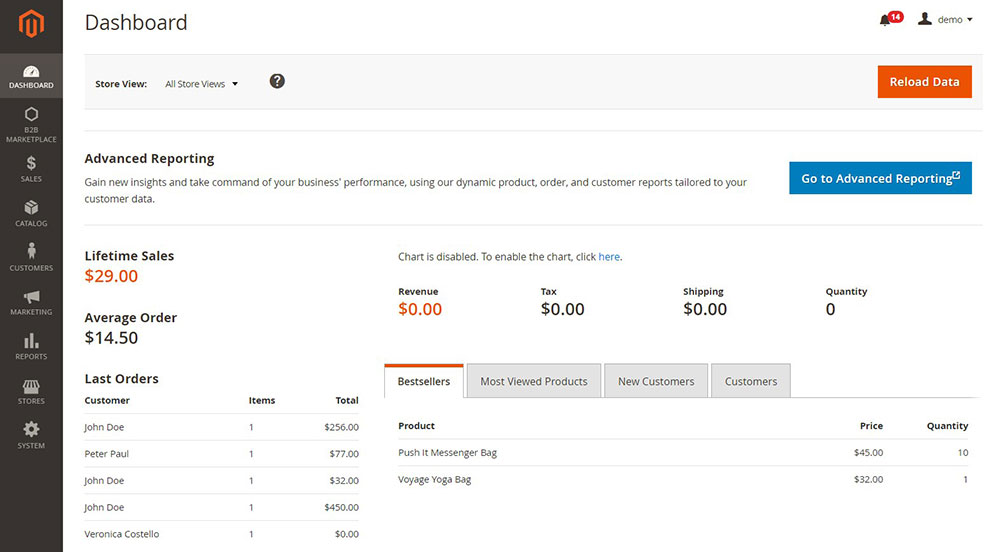
Although there are similarities between WooCommerce and Magneto, we found that Magento is a more complicated and robust eCommerce platform compared to WooCommerce, which is really just a plugin that is used in addition to WordPress. Though similar in some respects, there are critical differences that need to be examined to better make your decision on which to use.
Probably the biggest difference between Magento and WooCommerce is that Magento simply has more features than WooCommerce, thus making it a more powerful tool. However, because Magneto is a larger application,it can also cost more money to manage and expand on. Magneto’s biggest weakness is that it is not a strong CMS like WooCommerce, which is built on top of WordPress.
Features
WooCommerce
If we explore Magento and WooCommerce further, it is easy to see that WooCommerce, though smaller and limited than Magneto, is a very beneficial tool. It has all the features that can get you started with an e-commerce solution, which keeps it in the running as one of the top platforms for e-commerce.
Currently, WooCommerce ranks as the best open source e-commerce platform available for WordPress users. Being a WordPress plugin means that it allows users to take full advantage of the tools that it offers. Being easy to use, many users appreciate WooCommerce for its user friendliness. Some of its main features include:

- Can support an unlimited number of products
- The software is completely free
- Offers free plugins to enhance your store
- Offers payment processors using plugins
- Offers customized themes at great prices
- Easy and fast for a small business
- Quick installation
- Numerous free and premium themes available
- Unlimited orders and sales
- Has SSL support that protects your store
- Integrations with third-party tools and platforms, e.g., connect WooCommerce and email marketing software, sync WooCommerce with Google Sheets, and more.
Magento
When compared side-by-side with WooCommerce, we found that Magento is a more unique platform based around user needs. Magneto also has two plans to choose from.
The community plan is free to download, while the enterprise plan comes with more advanced features and premium services. The Magneto application is suited best for development professionals of e-stores with higher aspirations, like the FloorDepot.ro website illustrated below.
The main features of Magento include:
- Templates used to get exclusively customizable designs
- Can perform target marketing, customer segmentation, and merchandising
- Has features that will not need any other plugins to be installed
- Offers wish lists
- A point-and-click interface that improves usability
- Responsive application
- Enhanced search for products
- Privacy measures in selling a product to a specific customer
Ease of Use
WooCommerce
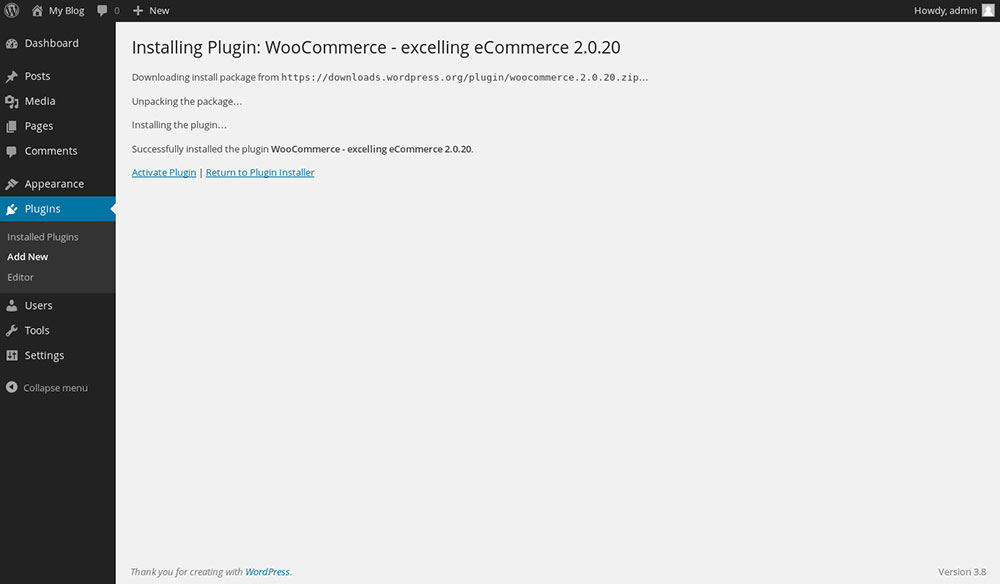
Considering the ease of use for WooCommerce and Magento is important not only for just these two platforms, but for other platforms as well. WooCommerce is generally easier to use than Magneto, with a quick installation that allows you to easily setup the online store that you want.
As WooCommerce is a WordPress plugin, the first step that you will need to do is install WordPress. Even if your host is not going to automatically install WordPress, chances are that there is going to be an auto-installer that can help you do it quickly.
Magento
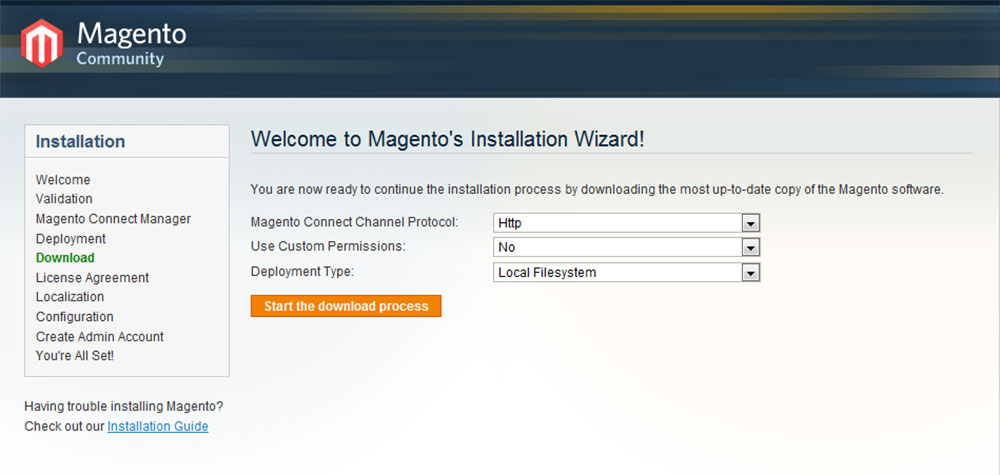
Magento is a powerful platform used by companies across the globe. It is great for offering an excellent visitor experience,and also allows you to make multiple store views for free.
What is challenging about Magento is that installation is no simple feat, and many Magento hosting companies do not offer a pre-configured installer for it. Due to this complication, beginners might have some challenges when they are trying to set it up. However, this platform is still a useful, powerful tool and comes with many features.
If you do experience any you issues with installation, or at any other time, you can also contact the experts at Magneto, who are ready to assist you with Magento support. In terms of support, both WooCommerce and Magento do a great job.
Price
Although we cannot really compare Magneto and WordPress here, although WooCommerce is a plugin that goes on top of WordPress. So, the real discussion is about the costs of both WooCommerce and Magneto, and what kind of budget that you should have in mind for when you decide to use either of them.
WooCommerce
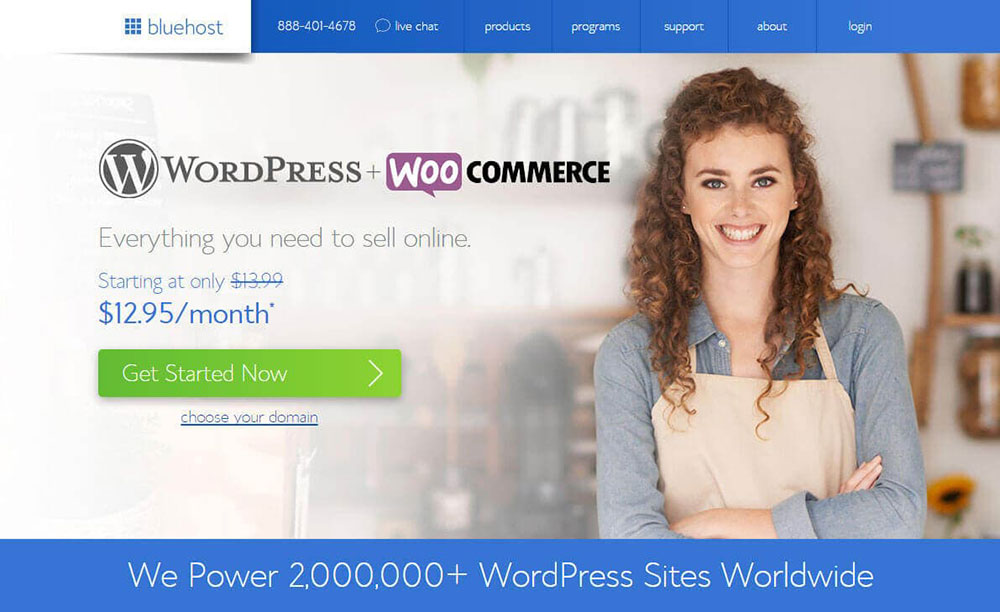
Being a plugin,you can download WooCommerce free. One of the best features of WooCommerce is that, since both WooCommerce and WordPress come free, you will only have to pay for the cost of hosting.
As well as being free to use, WooCommerce also comes ready to use. This means you can launch your ecommerce store even with a basic theme, which you can later change if you find a different theme you prefer.
Although WooCommerce itself is free, you will need to register a domain name, SSL certificate, and a WordPress hosting account, which is important to take into consideration before choosing to use it.
Magento
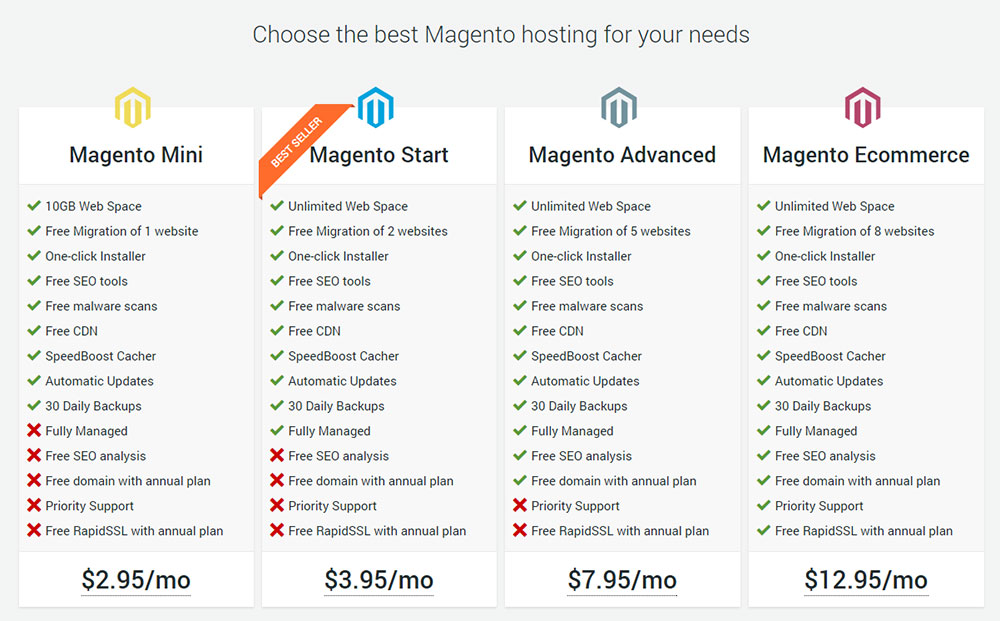
Magento is also free to use,and does include some plans to use with cloud hosting. The prices are not listed on their website, but they are available at a monthly subscription.
Plugins
Woo Commerce
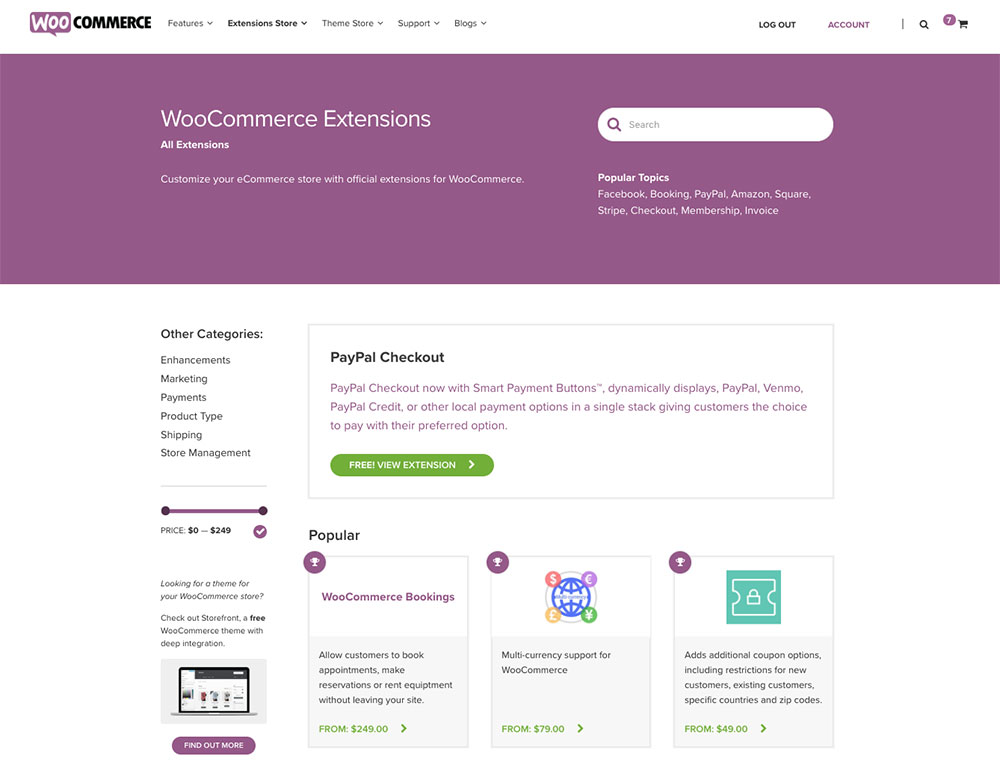
The comparison between WooCommerce and Magento is something we feel more individuals should be educated on before making a decision on which to use. When it comes to e-commerce plugins for WordPress, WooCommerce is currently the most popular one available.
WooCommerce has many plugins available that can help you fix both basic and complex issues in a matter of minutes. Whether you need to optimize images, or input product rules, WooCommerce can help you with it all. If you check ThemeForest, you will see that WooCommerce has more than one thousand themes, making its customizability options quite impressive.
One of the WooCommerce compatible themes that we enjoy is Be Theme. Sure, we may be biased, but we know first-hand that it's awesome. This is a responsive WordPress theme that can help you build the best online store possible. It has many pre-made layouts to choose from, which has garnered more popularity in recent days.
Magento
Magento also contains numerous, useful extensions that you can add to your online store. At the time of this article’s publication, we have found roughly 4,800 Magento extensions available to users, created by the community developers.
If you choose to add an extension to your store, you will be able to help your users interact more easily with your website, and build a better platform. The only drawback is that you are going to need a Magento developer that can install everything properly and make sure it is working. Finding one might require a larger budget, especially if you are not a Magento developer yourself.
FAQ on WooCommerce vs Magento
Which one is easier to set up: WooCommerce or Magento?
Oh man, if we're talking about the initial setup, WooCommerce takes the cake. It's a plugin for WordPress, so if you're already familiar with that platform, you're golden. Just a few clicks and bam, you're selling stuff. Magento, on the other hand, is a bit more complex. It's powerful, but you might need some tech chops or a developer to get it off the ground.
How do the costs compare between the two?
Alright, so here's the deal. WooCommerce is technically free, but you might end up spending on themes, plugins, and hosting. Magento has a free version called Magento Open Source, but if you're going big and need more features, there's Magento Commerce which can be a bit pricey. So, it really depends on what you're looking for and how deep your pockets are.
Which platform is more scalable?
If you're dreaming big (and why shouldn’t you?), Magento is known for its scalability. Big brands use it for a reason. It can handle a ton of products and traffic. WooCommerce is scalable too, but you might need to invest more in hosting and optimization as your store grows.
What about customization options?
Both platforms are pretty solid here. WooCommerce, being a part of the WordPress ecosystem, has a plethora of plugins and themes. You can tweak it to your heart's content. Magento is open-source, meaning if you've got the coding skills (or a good developer), the sky's the limit.
How do they fare in terms of security?
Security is a biggie, right? Magento releases security patches regularly, but you've got to apply them yourself. It's robust, but you need to be proactive. WooCommerce, being part of WordPress, benefits from the platform's regular updates. Always keep your plugins and themes updated, and you should be good.
Which one has better support and community?
Both have strong communities. WooCommerce has the massive WordPress community behind it, with tons of forums, tutorials, and resources. Magento has a dedicated community too, with lots of developers and experts sharing knowledge. It's a bit of a toss-up, but you won't feel alone with either.
How do integrations and extensions compare?
Extensions, plugins, integrations – the good stuff! WooCommerce has a vast array of plugins thanks to the WordPress community. Whether it's SEO, marketing, or payment gateways, there's probably a plugin for it. Magento has its marketplace with a bunch of extensions, both free and paid. Both platforms offer a lot, but the approach is a bit different.
Which is better for SEO?
Ah, the SEO game! Both platforms are SEO-friendly, but WooCommerce might have a slight edge because of the SEO capabilities of WordPress. With the right plugins (like Yoast SEO), you can really optimize your store. Magento is no slouch either, but you might need to dive a bit deeper to get the same results.
How do their performance and speed compare?
Speed is crucial for e-commerce. Magento is a heavyweight, and if not optimized, it can be a bit slow. But with the right hosting and caching, it can be blazing fast. WooCommerce is generally faster out of the box, but as you add more plugins, you'll need to keep an eye on performance.
Which one should I choose for my business?
The million-dollar question! It really boils down to your needs. If you want something quick, easy, and cost-effective, WooCommerce might be your jam. But if you're planning a large-scale operation and need robust features and scalability, Magento could be the way to go. Do your homework, and pick what aligns with your vision.
Conclusion on WooCommerce vs Magento
In conclusion, choosing between WooCommerce and Magento will depend on what you are trying to achieve. Both are user friendly and offer security for you and your platforms. One of the most obvious differences might be popular, as 30% of the websites in the world are done using WordPress, meaning that more users may be inclined to go for WooCommerce.
Both WooCommerce and Magneto have great features, and either can lead you to a successful e-commerce platform. Be sure that you understand what it is that you trying to get out of your online store, and that will make your choice easier.
There are also other options. For example, you could be working with BigCommerce. If you're already working with WooCommerce or Magento, you could migrate to BigCommerce easily.
If you enjoyed reading this article on WooCommerce vs Magento, you should check out this one about WooCommerce variable product.
We also wrote about a few related subjects like
WooCommerce websites and
WooCommerce vs OpenCart.






